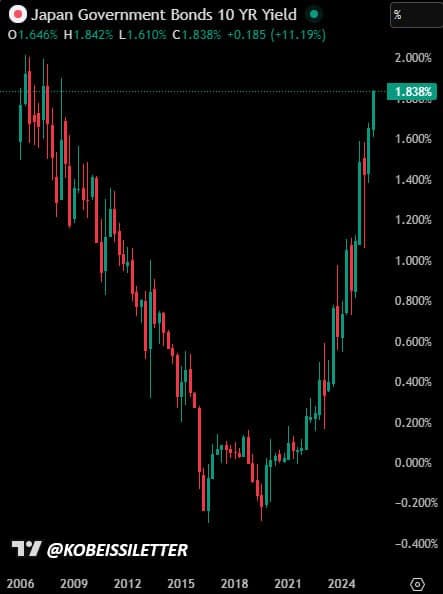RAF Eurofighter Typhoons Conduct Drills Near Russian Border Amid Rising Tensions
In a significant display of military readiness, Royal Air Force (RAF) Eurofighter Typhoons took off from a Polish airbase near Gdańsk for joint drills in close proximity to Russia’s Kaliningrad region this week. The maneuvers come amid escalating tensions between NATO and Russia, underscoring the complex security dynamics in Eastern Europe. These exercises, while routine in nature, carry heightened implications in light of ongoing geopolitical strife.
The Kaliningrad region, a Russian exclave bordered by Poland and Lithuania, has long been a focal point of NATO"s strategic considerations. The recent drills signal the alliance"s commitment to bolstering its presence in Eastern Europe and reassuring member states of its defensive capabilities. This move follows a series of military escalations and maneuvers by both NATO and Russian forces, intensifying fears of a potential confrontation. As previously reported, NATO has increased its troop presence in Eastern Europe, a response to Russia’s aggressive posture in the region.
Unconfirmed reports also suggest that NATO reconnaissance aircraft, operating with their transponders turned off, may be conducting surveillance missions within Russian territory. These actions highlight a growing trend of intelligence-gathering operations that have become increasingly common in the region. Analysts suggest that such maneuvers are not only designed to monitor Russian military activities but also to assert NATO’s operational capabilities in response to perceived threats. The presence of RAF Typhoons in Polish airspace further emphasizes this commitment to collective defense principles.
Experts note that these military exercises come at a time of heightened global tensions, particularly in light of Russia"s ongoing military operations in Ukraine and its strategic interests in the Baltic Sea. The situation mirrors other regional conflicts where military posturing has escalated, such as the recent developments in the Sea of Oman, where Iran claimed to have intercepted the USS Fitzgerald. Similar situations underline the precarious balance of power and the potential for miscalculations that could lead to conflict.
The implications of these drills extend beyond military readiness; they reflect broader geopolitical strategies and alliances. NATO"s actions serve as a deterrent against further Russian aggression, while also reinforcing the solidarity among member states. However, the potential for escalation remains a concern, as both sides continue to engage in military exercises that could inadvertently lead to misunderstandings or confrontations.
Looking ahead, the situation in Eastern Europe will likely remain tense as NATO continues to demonstrate its military capabilities and commitment to collective defense. The alliance"s ongoing drills and reconnaissance missions will serve as a critical component of its strategy in the region. As international relations evolve, the balance of power in Eastern Europe will be closely monitored, with potential consequences for both regional stability and global security.
In conclusion, the RAF Eurofighter Typhoons" recent drills near the Russian border mark a significant moment in the ongoing tensions between NATO and Russia. As the geopolitical landscape continues to shift, the need for clear communication and diplomatic engagement will be vital in preventing further escalation. Future developments in this arena will undoubtedly shape the security dynamics not only in Eastern Europe but across the globe.



![[Video] MT Kairos crew prepares to abandon ship after Ukrainian drone attack](/_next/image?url=%2Fapi%2Fimage%2Fthumbnails%2Fthumbnail-1764578463991-p7amj9-thumbnail.jpg&w=3840&q=75)


